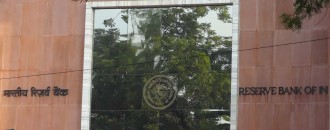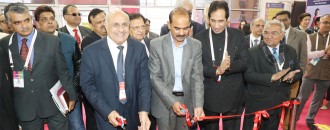
RBI slashes interest rate by 0.5%
Himanshu Vatsa Bureau | The Dollar Business
The Reserve Bank of India on Tuesday reduced the repo rate by 0.5%, triggering hope to enhance the domestic investment cycle and push growth. “On the basis of an assessment of the current and evolving macroeconomic situation, it has been decided to reduce the policy repo rate under the liquidity adjustment facility (LAF) by 50 basis points from 7.25% to 6.75% with immediate effect,” the RBI said in its fourth bi-monthly monetary policy for the current financial year. A cut of 50 basis points is the steepest in four-and-half-years. Earlier, the central bank had reduced the repo rate by 75 basis points in three tranches during this fiscal. Justifying the reduction, RBI Governor Raghuram Rajan said that the inflation is expected to be below the 6% target for January 2016. “The January 2016 target of 6% inflation is likely to be achieved. Therefore the focus should now shift to bringing in inflation to around 5% at the end of fiscal 2016-17,” Rajan said at a press conference. According to RBI, the lower interest rate will increase the capital flow in the domestic investment cycle at the time of weakening global activity. Admitting that the commodity prices will remain contained for a while, the RBI Governor said, “With low industrial capacity utilisation, more domestic demand is needed to substitute for weakening global demand so that the domestic investment cycle picks up.” Trade bodies had been putting pressure on the central bank to cut interest rate as it kept the key policy rates unchanged in its August monetary review. Though exporters have hailed the RBI’s fresh rate revision, they say that the move will not benefit the export sector much. “It’s a good sign. However, we have to see how much banks pass on the benefit to their customers. Banks have different rules for different loans. Since the rate of failure of exporters has increased, banks put the small industries credit in to the category of risky loan,” Tilak Raj Manaktala, President of Delhi Exporters Association, told The Dollar Business. He said the government can improve competitiveness of Indian exporters by introducing the interest subvention scheme as early as possible.





 to success.
to success.